Environmental Report 2017
JAE Group Forest
In 2004, we established the JAE Group Forest, which we have nurtured by planting trees and maintained as a symbol of environmental management. *1
It is here that Group employees can obtain environmental awareness through their experiences in the forest. It is also a place where the Group can contribute to the protection of biodiversity (click here to read our Declaration on Biodiversity Initiatives) absorption of greenhouse gas (CO2), and replenishment of the watershed.
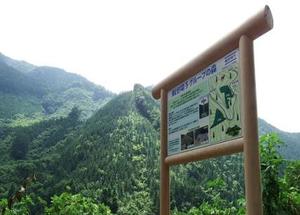
The JAE Group Forest can also be enjoyed for the beautiful seasonal colors of its trees, such as mountain cherry, painted maple and Magnolia kobus, and then there is the Akishima cherry tree, planted in 2014 on the occasion of JAE Group Forest’s 10th anniversary.*2 There are also other species of trees native to the Okutama area, and some 3,500 trees that were planted there, such as konara oak, zelkova, horse chestnut, Manchurian walnut and Japanese cypress, also serve as a food source for local animal life.
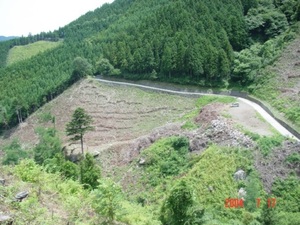
State of original site when established (Area 1)
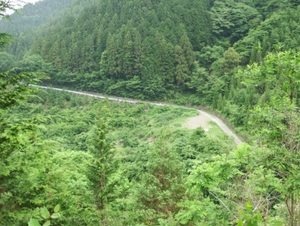
Current state of site (Area 1)
*1: Thus far, 534 Group employees have planted trees, cleared underbrush where saplings grow, and placed nets to protect against damage from deer. Work was also done to remove vines that were impeding tree grow by clinging to trunks and branches.
*2: The Akishima cherry tree (Prunus cv. Yoko), which blooms with large deep red-purple blossoms, is the name used by the Akishima City Tree Planting Promotion Association.
As a part of training for new employees that just entered the company, 40 took part in work to preserve forests in fiscal 2016. With the Tokyo Development Foundation for Agriculture, Forestry and Fisheries explaining the multifaceted functions of forests, and the Tokyo Forestry Union providing instruction, participants gained a deeper appreciation of forest preservation activities by helping to clear underbrush, maintain foot trails, sharpen sickles, and thin trees.
◆Protecting biodiversity
Twelve years have passed since the establishment of the JAE Group Forest. The trees that employees have planted have now grown to some three meters high. In early spring, the Akishima cherry, Magnolia kobus and the mountain cherry trees bloom, and in the fall, autumn colors can be enjoyed. As the trees grow, other plants and birds have begun to appear.
Please see the following photograph. Near the JAE Group Forest is the Akishima Citizens' Forest in Okutama, where these animals were photographed. (Photos courtesy of Tokyo Development Foundation for Agriculture, Forestry and Fisheries)
The JAE Group Forest is a symbol of environmental management. Starting with the basics, namely forest protection, replenishment of the watershed, absorbing CO2, and protecting biodiversity, the Group will foster environmental awareness among employees by providing hands-on learning opportunities, while continuing to nurture the forest as a cornerstone of its environmental activities.
Overview of JAE Group Forest| Location | Aza Osawairi, Hikawa, Okutama-machi |
|---|---|
| Area | 1.33ha |
| Overview | •A third-party profit-sharing afforestation agreement between the JAE Group, forest owners, and Tokyo Development Foundation for Agriculture, Forestry and Fishery Term: Fifty years starting in 2004 •Tree types: Japanese cypress and broadleaf trees, such as mountain cherry, painted maple, Magnolia kobus, konara oak, zelkova, horse chestnut and Manchurian walnut. |
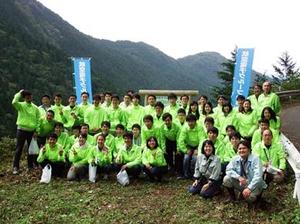
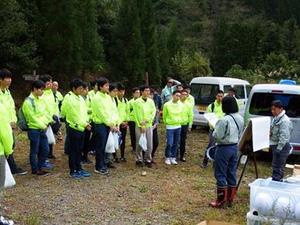
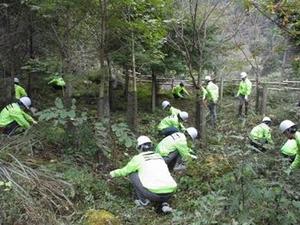
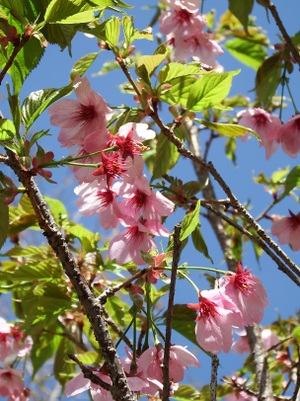
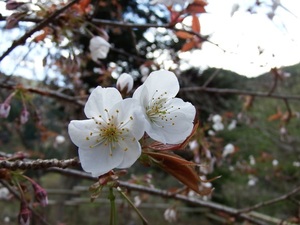
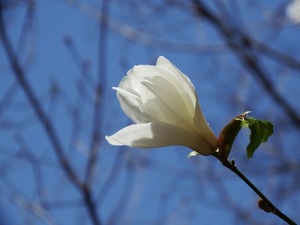
![鹿[奥多摩・昭島市民の森]](/files/user/images/csr/2017/jaegroup_photo17-10-300x169.jpg?v=1630938209)
![熊[奥多摩・昭島市民の森]](/files/user/images/csr/2017/jaegroup_photo17-11-300x169.jpg?v=1630938209)